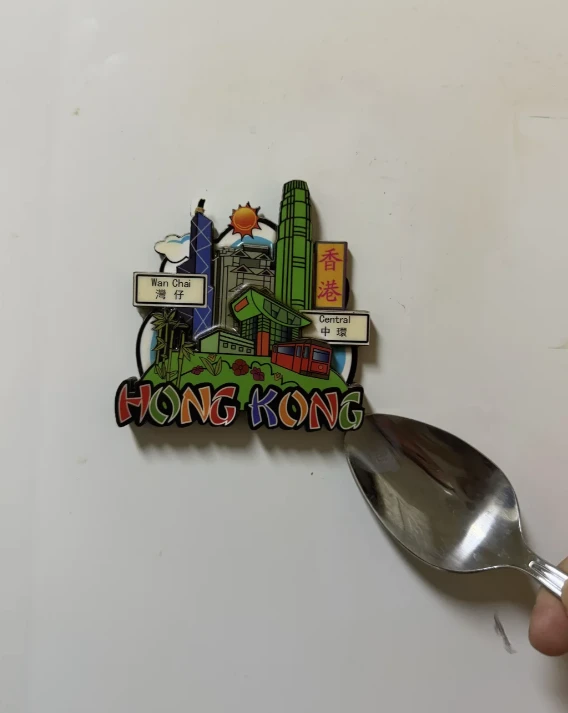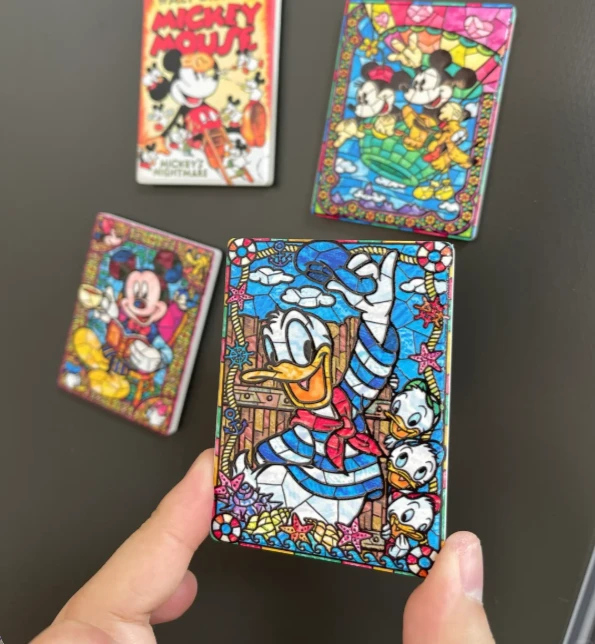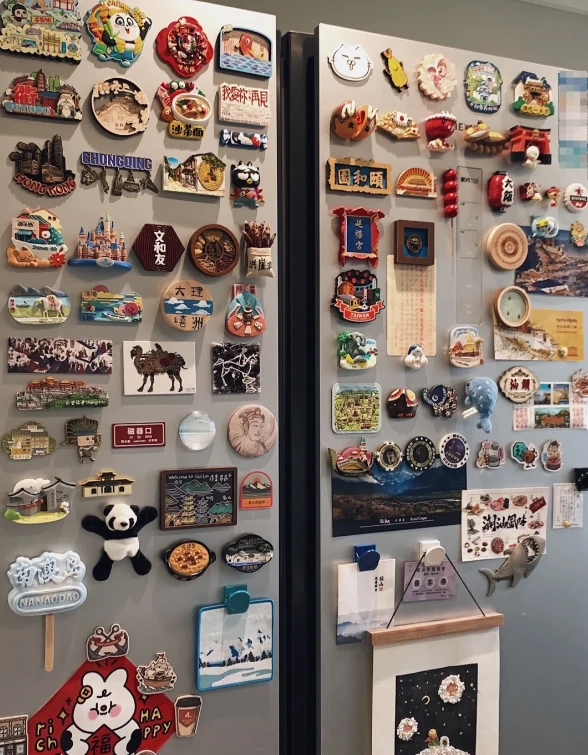How to remove stubborn refrigerator magnets skillfully? Practical tips and precautions fully analyzed
Refrigerator magnets are not only a practical memo tool, but also a part of home decoration. However, after long-term adsorption, the magnet may be difficult to remove due to the aging of adhesive stains, excessive magnetic force or humid environment. If you force to tear, it will damage the magnet, or scratch the surface of the refrigerator. This article will start from the principle, combined with a variety of scenarios, to provide a safe and effective solution.

I. Common causes of magnet sticking
- Glue stains curing: after long-term adsorption of magnets with adhesive backing, the glue is tightly bonded to the surface of the refrigerator.
- Magnetic force is too strong: strong magnets (such as neodymium magnets) adsorption is difficult to peel off directly.
- Humid environment: water vapor penetrates into the gap between the magnet and the refrigerator, resulting in a similar “vacuum adsorption” effect.
2.The four methods to remove the magnet safely The four methods to remove the magnet safely **
**Method 1: Physical loosening – to reduce the adsorption force
- **Horizontal sliding method
Hold both sides of the magnet with both hands and slowly slide it to the left, right or up and down. Destroy the close contact of the adsorption surface by friction, and lift it up smoothly when it is loosened.
*Applicable Scenarios*: Ordinary magnetic magnets without adhesive backing or adhesive stains not fully cured. - Card prying method
Gently insert a plastic card (such as a bank card) from the edge of the magnet to gradually expand the gap with the principle of leverage. If the magnet is larger, you can insert the card at multiple angles to disperse the force.
Note: Avoid using metal tools to prevent scratching the refrigerator paint.
Method 2: Heat softening – to cope with adhesive stains sticking
- Hairdryer Heat.
Set the hair dryer to medium hot air and blow continuously for 30 seconds at a distance of 10-15 cm from the magnet to soften the adhesive stains. Pry up with the aid of a card while it is still hot.
Key point: keep moving the hair dryer while heating to prevent localized overheating from deforming the magnet. - Hot towel infiltration
Immerse the towel in hot water around 60℃, wring it out and put it on the magnet for 5 minutes. The hot and humid environment can accelerate the dissolution of adhesive stains, especially suitable for refrigerator stickers that are sensitive to high temperatures.
Method 3: Chemical dissolution – dealing with stubborn glue marks
- Alcohol/white vinegar dissolving
Dip a cotton swab into 75% medical alcohol or white vinegar and apply it along the edge of the magnet, let it sit for 1 minute to penetrate the adhesive layer. This method is safe for stainless steel refrigerators, but enamel surfaces require caution with acidic liquids. - Edible oil lubrication
Drop a small amount of cooking oil (e.g. olive oil) to the seam, wait 10 minutes for the oil to penetrate and reduce the adhesive stickiness of the glue stain. The oil stain needs to be thoroughly cleaned with detergent when finished.
Method 4: Fine line cutting – cracking strong adsorption
Take a piece of dental floss or fishing line, stuck horizontally into the gap between the magnet and the refrigerator, slowly moving in a “sawing” manner. This method can evenly cut off the adhesive stains or vacuum adsorption, suitable for large area magnets.

3.different refrigerator material special attention
- Stainless steel surface
- Prohibit the use of steel wire balls, acidic cleaners (such as vinegar) to avoid scratches or corrosion.
- Give preference to alcohol or special stainless steel cleaners.
- Enamel/Baked Enamel Surface
- Avoid prolonged heating to prevent cracking of the enamel surface.
- Clean up adhesive stains with gentle movements. Use an eraser to rub residual adhesive marks repeatedly.
- Glass panels
- Use sharp tools cautiously, recommend using nylon scraper with alcohol for cleaning.
4. Tips for preventing magnets from sticking together
- Regular maintenance: every 3 months gently rotate the magnet to change the adsorption position to prevent the adhesive stains concentrated curing.
- Padding isolation: Apply a thin layer of cloth or silicone pad on the back of the magnet to reduce direct contact.
- Environmental control: Keep the surface of the refrigerator dry to avoid moisture aggravating the adsorption.
5. Summarize
The key to removing stubborn magnets lies in “softening the adhesive stains” and “dispersing the adsorption force”. Operation needs to be based on the type of magnet, refrigerator material to choose the appropriate method, do not tear and pull violence. If the adhesive marks are difficult to remove, you can buy a special adhesive remover (such as 3M adhesive spray) to deal with. Patience and ingenuity combined, both to protect the refrigerator, but also to make the magnet intact as before.

Tip: If the magnet has been broken or the adhesive layer has completely failed, it is recommended to replace it with a new magnet and clean the residue thoroughly with alcohol to prepare for the next paste.